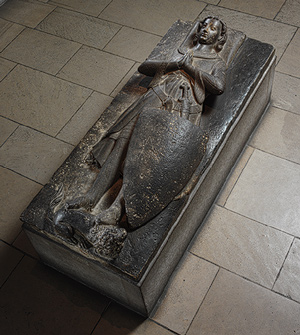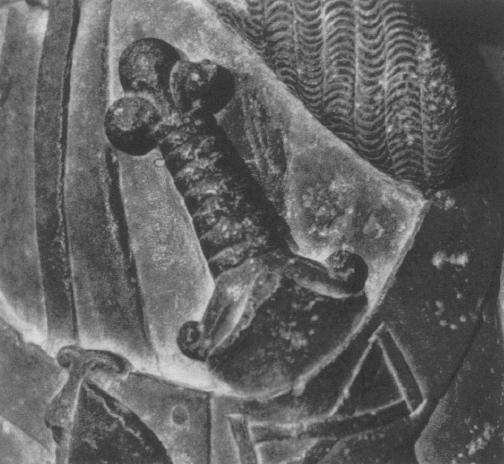
"A French Crusader and A Chinese Sword?" Topic
2 Posts
All members in good standing are free to post here. Opinions expressed here are solely those of the posters, and have not been cleared with nor are they endorsed by The Miniatures Page.
Please do not use bad language on the forums.
For more information, see the TMP FAQ.
Back to the Medieval Media Message Board
Areas of InterestMedieval
Featured Hobby News Article
Top-Rated Ruleset
Featured Workbench Article Jay Wirth  shows how using inks makes it easier to paint a 15mm scale army. shows how using inks makes it easier to paint a 15mm scale army.
Featured Profile Article The Editor heads for Vicksburg...
Featured Book Review
Featured Movie Review
|
| Tango01 | 10 Feb 2014 10:00 p.m. PST |
"Little is known of Jean d'Alluye's life. He belonged to the nobility of central France and he travelled to the Holy Land as a crusader in 1241 coming home three years later, 1244. Given that it will have taken him many months to get to Outremer and many months to return this was a relatively brief sojourn: certainly he wasn't among the grizzled Norman psychos who went native. c. 1248 he died and was buried at La Clarte-Dieu were he was put under a beautiful limestone gisant. These fragments of biography have not particularly excited historians and his gravestone did not particularly excite the French: after the revolution his tomb was sacked and the gravestone was eventually thrown across a river as an improvised bridge. It was though rescued and in 1910 sold to an American – in remarkably good form – and was brought to the United States and now resides in the Cloisters Collection. And it was there that Jean finally became something more than just another sculpture. Helmut Nickel, a stalwart of the Met and a fine medieval historian noticed something strange. Jean's sculpted sword looked wrong…"


Full article here.
link Amicalement
Armand |
 Parzival Parzival  | 13 Feb 2014 3:10 p.m. PST |
Well, probably not. Carved gravestones like this were all about the symbolism— hence the lion at his feet, a symbol that he had been on crusade (though in all honesty, given the years, I suspect it was more of an extended pilgrimage than an actual campaign). The sword therefore could merely be symbolic rather than a depiction of an actual sword. The Fleur-de-lys argument has some merit, or perhaps it has some other significance which we don't know. I note that the image is of a very youthful man. Though it's known he founded the Abbey in which he was buried, I couldn't find a reference to his age. It might be that Jean was quite young at his death, even in his late teens or early twenties, and the diminutive sword hilt is meant to suggest this. (It would not be unusual in this era for a lord of even a prestigious estate to be a child, or at least what we would consider a minor.) Or the hilt might represent an ancestral sword (as the article acknowledges others have suggested). It might all just be artistic fancy as well, the artist having reproduced a design from something else, or simply gone a bit free form on his own.
Still, I like the idea, at least, of a French knight possessing an oriental sword. There's story potential there… (Hmmmm…) Oddly, I've been to the Cloisters on at least two occasions, and while I certainly gazed at this stone, I never before noticed the nature of the sword. Thanks for the link, Armand! |
|

